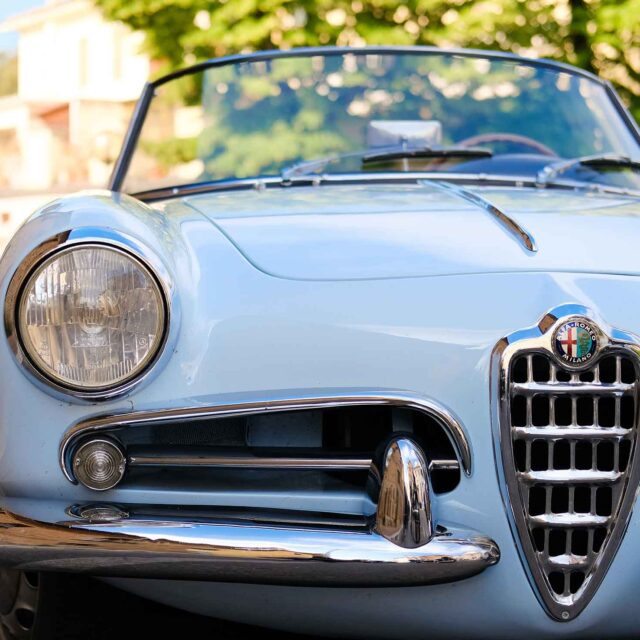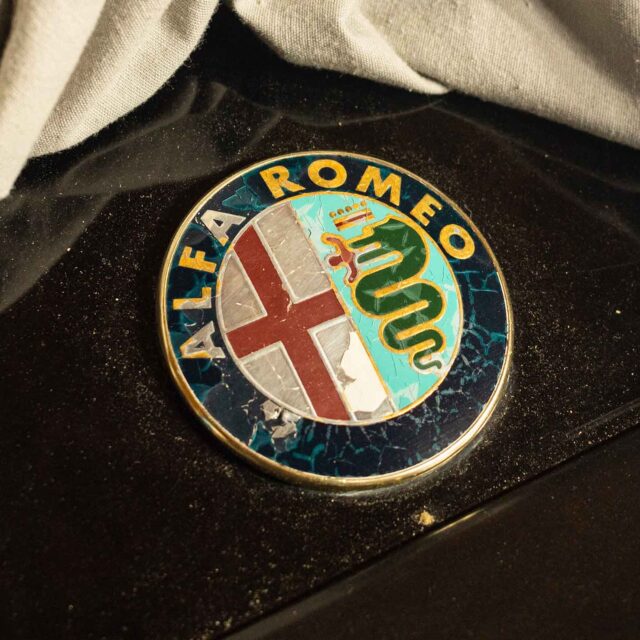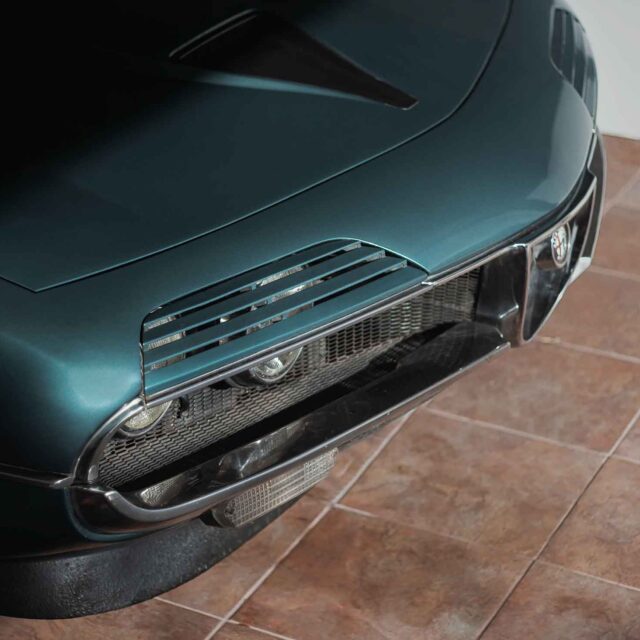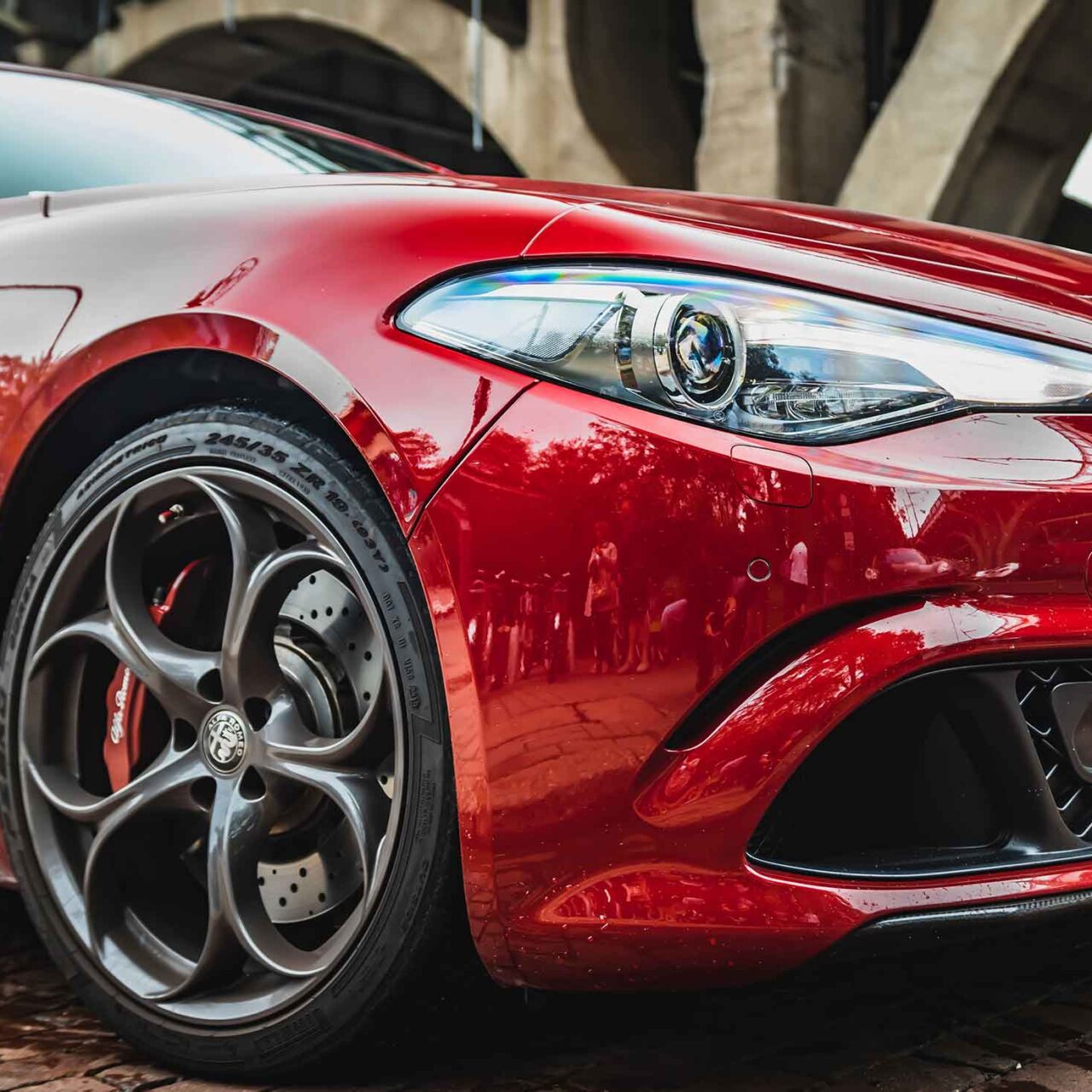
FINANCE FOR YOUR NEXT ALFA ROMEO
Whether your new Alfa Romeo car purchase is a Stelvio, Quadrifoglio, the new Giulia GTA or GTaM, we are committed to providing you with a VIP experience.
We offer a boutique service so you won’t find yourself passed on to different people or departments or being put on hold for lengthy time periods. We pride ourselves on a friendly, efficient, and knowledgeable service, giving our clients a high-end client experience.
We liaise with dealerships and lenders on your behalf and ensure all documentation and funds are available in a timely manner.
You will receive regular interaction with us as we believe in building long term relationships. Whether you need advice on the best way to finance your vehicle or initial advice on a purchase, we are more than happy to discuss the possibilities.
OUR AIM IS TO MAKE OBTAINING ALFA ROMEO VEHICLE FINANCE SIMPLE
CONTACT
Call us on 0330 174 8540, WhatsApp us on 07535 812 049, get a quote online, or use our online diary to arrange a telephone appointment at the most convenient time for you
DISCUSS
We understand that financing can be complex, we’ll speak to you about your specific finance or refinance requirements
QUOTE
FUND
SERVICE
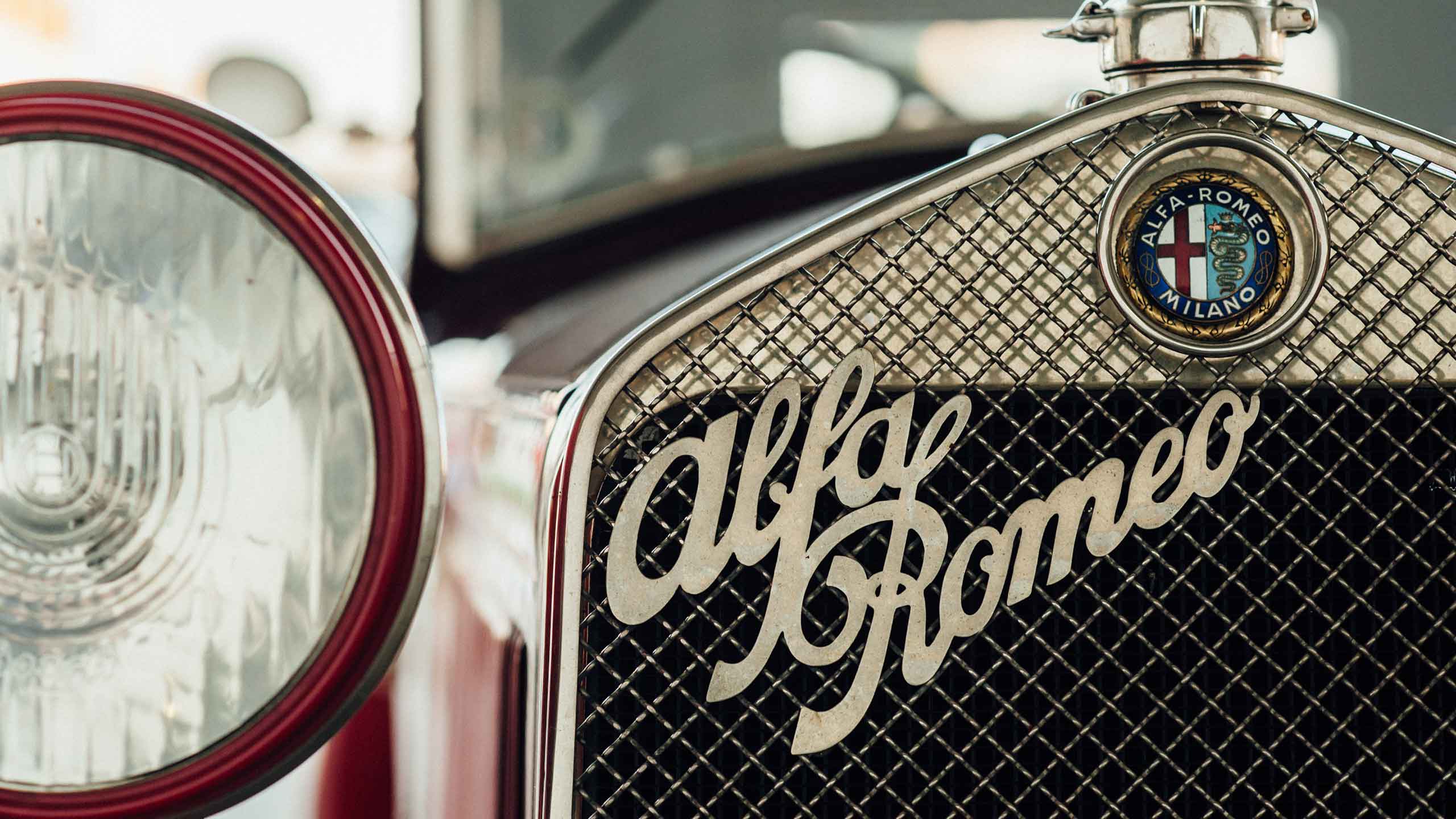
ALFA ROMEO FINANCE MADE SIMPLE
Ours is a boutique service so you won’t find yourself passed on to different people or departments, being put on hold for lengthy time periods.
LET’S START A BEAUTIFUL JOURNEY TOGETHER….
Our Offices
43 Berkeley Square, Mayfair, London, W1J 5AP
One Park Row, Leeds, LS1 5HN
Schedule a Call
Use our online diary to arrange a telephone appointment at the most convenient time for you.
Call Us
Call on 0330 174 8540 to speak with our friendly and knowledgeable team to get a quote
WHAT MAKES ALFA ROMEO DIFFERENT
In 1906, in Naples, a company called Società Italian a Automobili Darracq was started. This was a branch of the well-known and wealthy French car factory’s London office.
Soon, the company had to move to Milan’s Portello district because they needed a well-equipped factory. But the business results were not good enough, so the company’s Managing Director, Cavalier Ugo Stella, suggested that a new company be set up.
And on June 24, 1910, a company called A.L.F.A. (short for Anonima Lombarda Fabbrica Automobili) was started. It was backed by the same investors as the Darracq company before it, and it was based in the engineering plants in the Portello neighbourhood of Milan.

